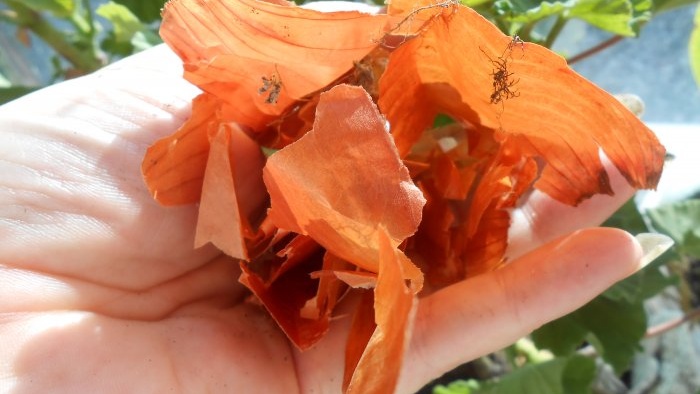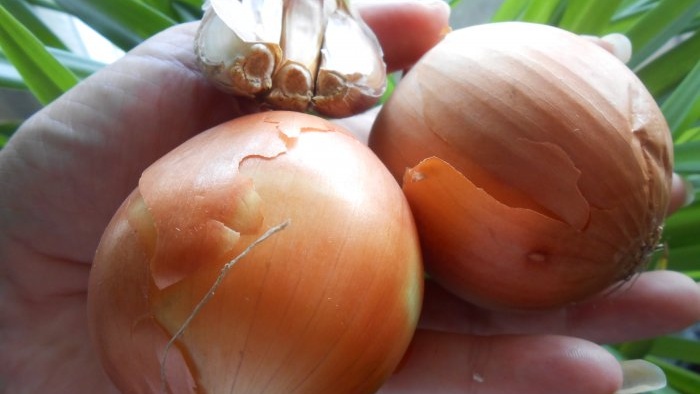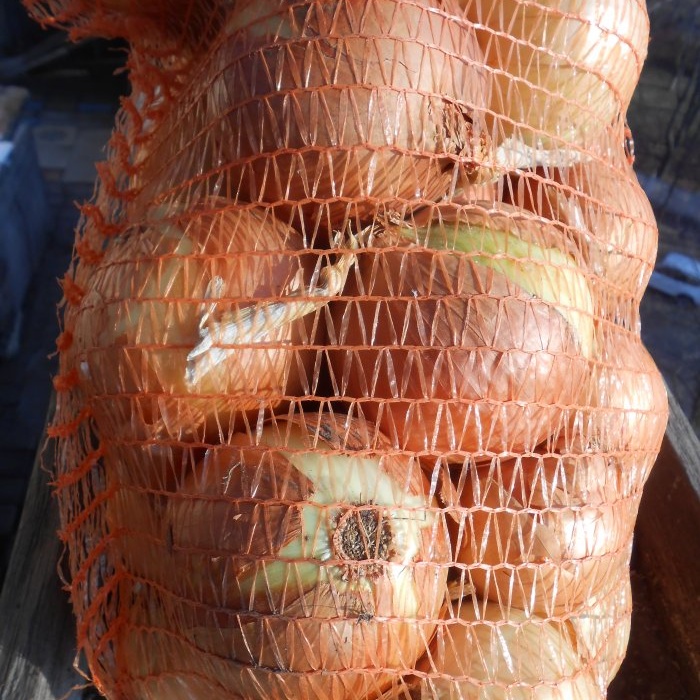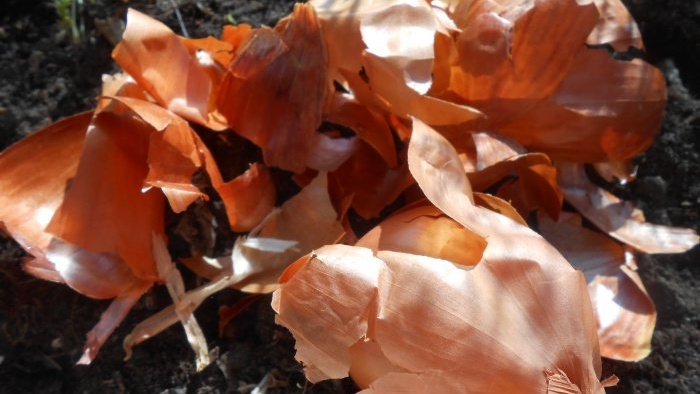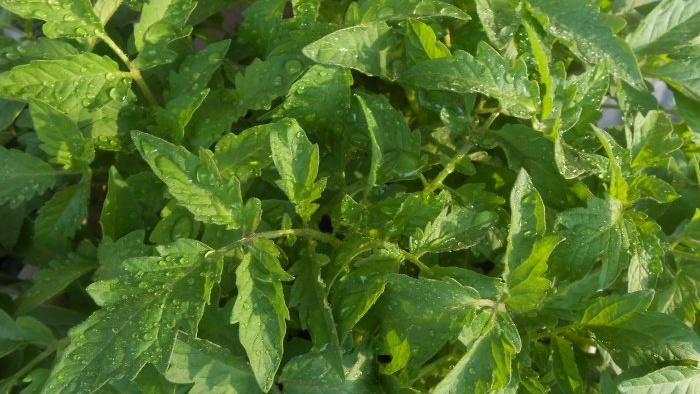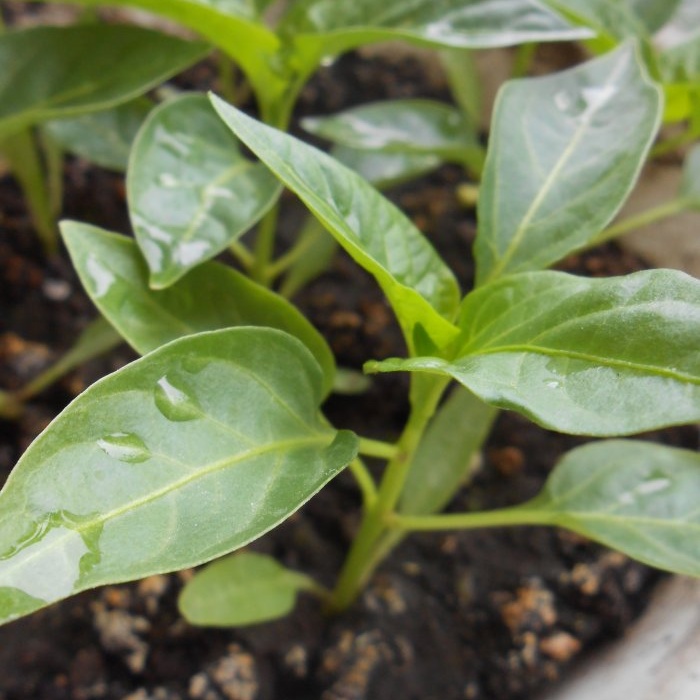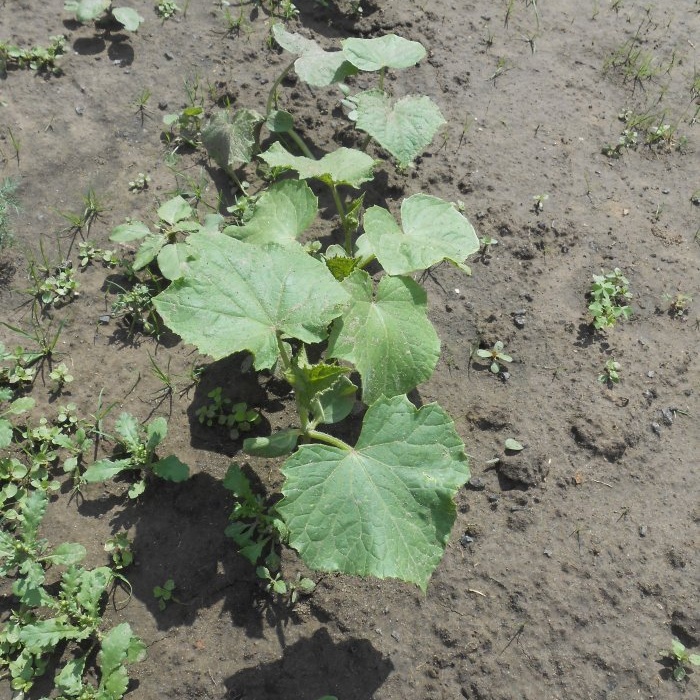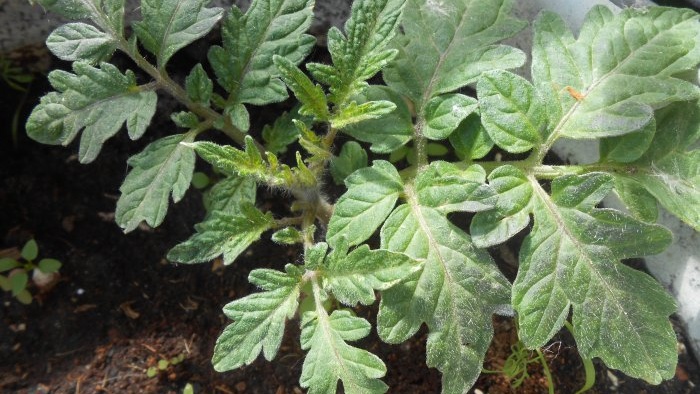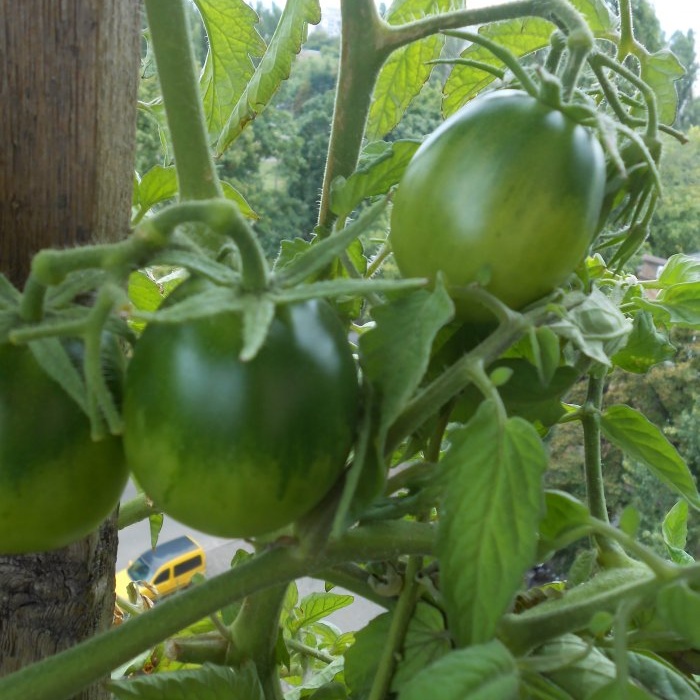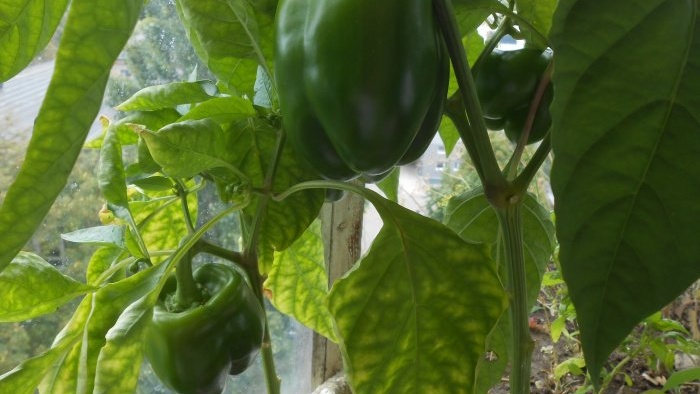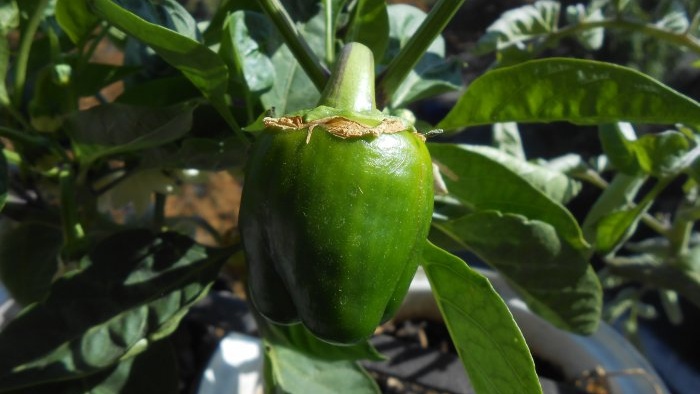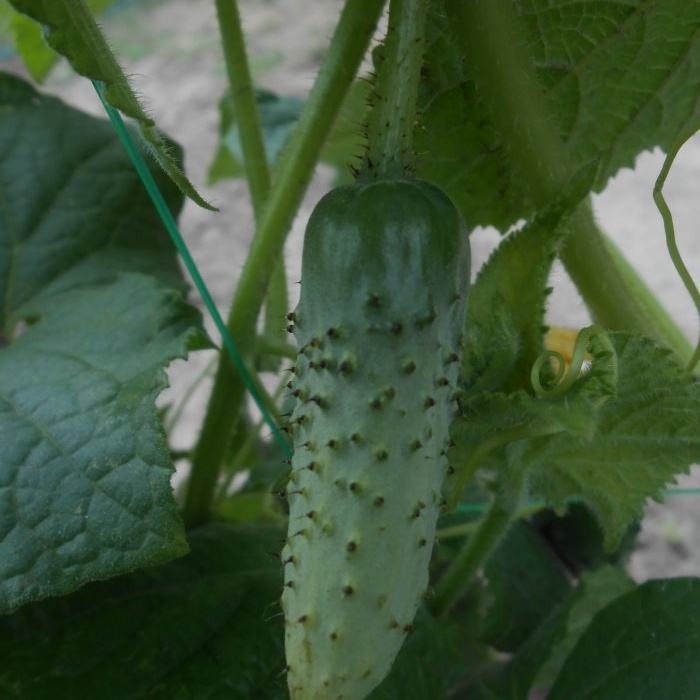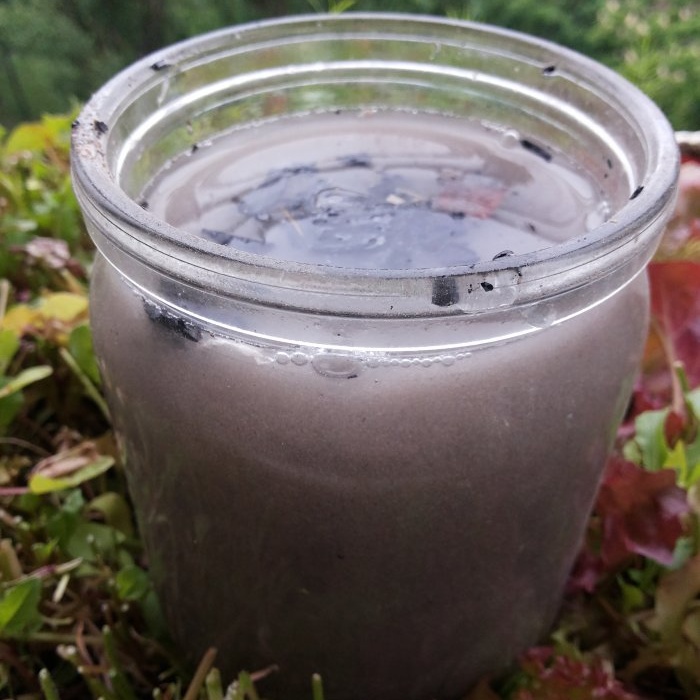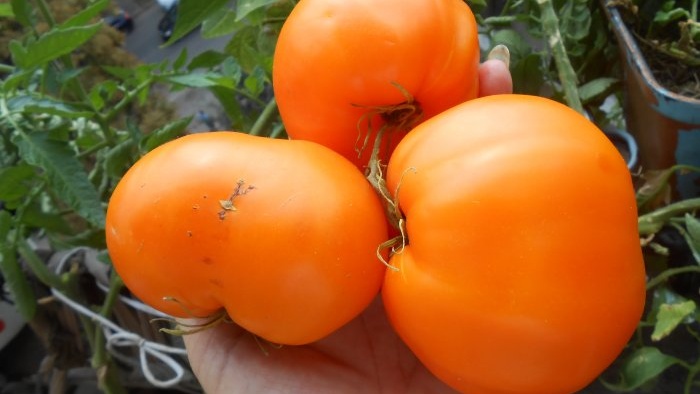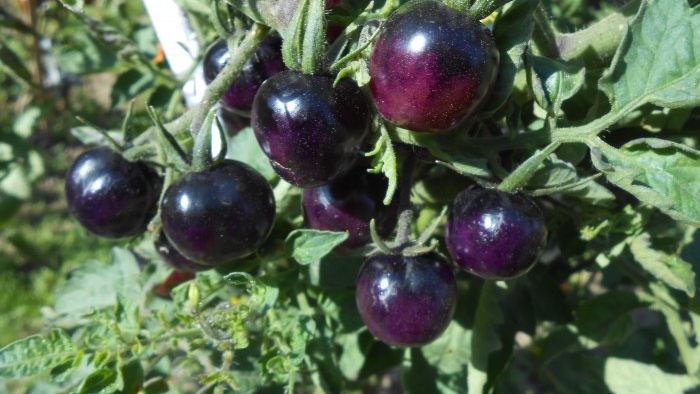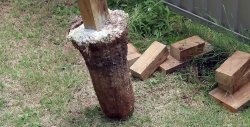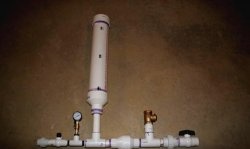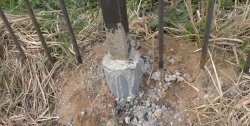Free fertilizer that will increase the yield of tomatoes, peppers and cucumbers
Thrifty summer residents collect onion and garlic peels throughout the year in order to use valuable plant materials with maximum benefit for garden and vegetable plants.
Dry cleanings are stored in paper bags at room temperature in low humidity conditions (up to 75%).
Aqueous extracts from peelings of onion vegetables have powerful nutritional, antifungal, repellent and antibacterial properties, since they contain many compounds useful for vegetable crops: mineral salts, trace elements, amino acids, vitamins, phytoncides, bioflavonoids, etc.
Nightshade and pumpkin crops, in particular tomatoes, eggplants, bell peppers, squash, gherkins, zucchini and pumpkins, are especially responsive to the application of decoction and infusion of husks under the roots and along the leaves. Treating seedlings on tops with onion insecticide and fungicide, as well as watering the soil in the beds, is also useful for all types of cabbage: cabbage, Peking cabbage, cauliflower, Brussels sprouts, Savoy, etc.
Firstly, such products quickly enrich the soil and plants with nutritional components.
Secondly, they disinfect the soil from dangerous fungi and bacteria that cause late blight, downy mildew, blackleg and other diseases of cultivated plants.
And thirdly, they fight pests: aphids, spider mites, cruciferous flea beetles, thrips, codling moth, whitefly, etc.
Pour one liter jar of chopped onion peels into a bucket, pour in 8 liters of cold water, bring to a boil, reduce the heat to low and simmer in a water bath (covered) for 2-3 minutes. The resulting broth is infused at room temperature for 24 hours. After filtering, the concentrated liquid is diluted with clean and soft water in a ratio of 1:5.
The decoction prepared according to this recipe is used to disinfect the soil before planting vegetables and flowers. A few days before sowing the seeds, the diluted product is heated to a temperature of 90°C and the substrate is poured over it in planting containers or in greenhouses.
This technique allows you to get rid of the causative agents of many dangerous diseases, both fungal and bacterial (blackleg, late blight, peronosporosis, bacteriosis, powdery mildew, etc.), due to exposure to high temperature and biologically active components of the husk.
The decoction is also used for preventive disinfection of soil in planting containers during the growth of tomato seedlings,
peppers
and cucumbers
Tomatoes are watered with a solution at the root on damp soil 2-3 times during the entire development period at home with an interval of 2-3 weeks, capsicums - 1-2 times, and cucumbers - 1 time. In addition to soil remediation, this procedure is considered a full-fledged root feeding with microfertilizers.
It is no less important to add a decoction of onion peels to the soil during the period of mass fruiting of plants.
By watering the bushes at the root, always on damp soil, at the rate of 0.7 liters of decoction for each seedling, you will prevent mineral deficiency and disinfect the soil in the beds from phytopathogens and soil parasites. It is advisable to alternate ash and onion fertilizing throughout the entire fruiting period (interval 1-2 weeks). Ash infusion is prepared at the rate of 1 liter jar of ash per bucket of water, leave for 2 days, and constantly shake the sediment while watering the bushes.
Pour one handful of onion peels into a liter of hot water, bring the liquid to a boil, remove from heat, cover and let cool completely. Add a teaspoon of grated laundry soap (72%) to the strained infusion, dissolve, pour into a spray bottle and use to spray vegetable seedlings on all sides.
The same infusion, prepared at the rate of 10 handfuls of husks per standard bucket of water with the addition of 40 g of grated laundry soap or dishwashing detergent, is used for foliar treatment of cucumber, pepper and tomato bushes every 7 days, not forgetting to wet the lower part of the leaves.
Such irrigation protects cucumbers and zucchini from aphids and spider mites, and tomatoes and peppers from whiteflies.In addition, they are considered an effective foliar feeding with microelements, prolonging the fruiting period, accelerating fruit filling and increasing the sugar content in the pulp of greens and tomatoes.
We wish you abundant vegetable harvests every season!
Dry cleanings are stored in paper bags at room temperature in low humidity conditions (up to 75%).
Aqueous extracts from peelings of onion vegetables have powerful nutritional, antifungal, repellent and antibacterial properties, since they contain many compounds useful for vegetable crops: mineral salts, trace elements, amino acids, vitamins, phytoncides, bioflavonoids, etc.
Nightshade and pumpkin crops, in particular tomatoes, eggplants, bell peppers, squash, gherkins, zucchini and pumpkins, are especially responsive to the application of decoction and infusion of husks under the roots and along the leaves. Treating seedlings on tops with onion insecticide and fungicide, as well as watering the soil in the beds, is also useful for all types of cabbage: cabbage, Peking cabbage, cauliflower, Brussels sprouts, Savoy, etc.
According to reviews from experienced gardeners, the use of biological solutions based on onion peelings has a triple effect:
Firstly, such products quickly enrich the soil and plants with nutritional components.
Secondly, they disinfect the soil from dangerous fungi and bacteria that cause late blight, downy mildew, blackleg and other diseases of cultivated plants.
And thirdly, they fight pests: aphids, spider mites, cruciferous flea beetles, thrips, codling moth, whitefly, etc.
Recipe and practical use of a decoction for root feeding and soil disinfection
Pour one liter jar of chopped onion peels into a bucket, pour in 8 liters of cold water, bring to a boil, reduce the heat to low and simmer in a water bath (covered) for 2-3 minutes. The resulting broth is infused at room temperature for 24 hours. After filtering, the concentrated liquid is diluted with clean and soft water in a ratio of 1:5.
The decoction prepared according to this recipe is used to disinfect the soil before planting vegetables and flowers. A few days before sowing the seeds, the diluted product is heated to a temperature of 90°C and the substrate is poured over it in planting containers or in greenhouses.
This technique allows you to get rid of the causative agents of many dangerous diseases, both fungal and bacterial (blackleg, late blight, peronosporosis, bacteriosis, powdery mildew, etc.), due to exposure to high temperature and biologically active components of the husk.
The decoction is also used for preventive disinfection of soil in planting containers during the growth of tomato seedlings,
peppers
and cucumbers
Tomatoes are watered with a solution at the root on damp soil 2-3 times during the entire development period at home with an interval of 2-3 weeks, capsicums - 1-2 times, and cucumbers - 1 time. In addition to soil remediation, this procedure is considered a full-fledged root feeding with microfertilizers.
It is no less important to add a decoction of onion peels to the soil during the period of mass fruiting of plants.
By watering the bushes at the root, always on damp soil, at the rate of 0.7 liters of decoction for each seedling, you will prevent mineral deficiency and disinfect the soil in the beds from phytopathogens and soil parasites. It is advisable to alternate ash and onion fertilizing throughout the entire fruiting period (interval 1-2 weeks). Ash infusion is prepared at the rate of 1 liter jar of ash per bucket of water, leave for 2 days, and constantly shake the sediment while watering the bushes.
Infusion of onion peels for foliar treatments of seedlings and adult bushes
Pour one handful of onion peels into a liter of hot water, bring the liquid to a boil, remove from heat, cover and let cool completely. Add a teaspoon of grated laundry soap (72%) to the strained infusion, dissolve, pour into a spray bottle and use to spray vegetable seedlings on all sides.
The same infusion, prepared at the rate of 10 handfuls of husks per standard bucket of water with the addition of 40 g of grated laundry soap or dishwashing detergent, is used for foliar treatment of cucumber, pepper and tomato bushes every 7 days, not forgetting to wet the lower part of the leaves.
Such irrigation protects cucumbers and zucchini from aphids and spider mites, and tomatoes and peppers from whiteflies.In addition, they are considered an effective foliar feeding with microelements, prolonging the fruiting period, accelerating fruit filling and increasing the sugar content in the pulp of greens and tomatoes.
We wish you abundant vegetable harvests every season!
Similar master classes

Free fertilizer that will increase yield and sugar content

The most affordable fertilizer for indoor house flowers

Blossom rot of vegetables: simple feeding for prevention and
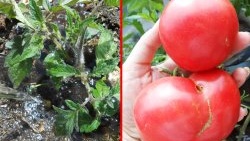
The cheapest and most effective feeding of tomatoes after planting
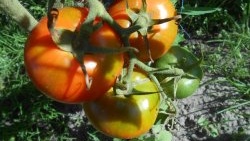
A universal recipe for feeding tomatoes during ripening

There will be a large potato harvest if the beds are properly prepared.
Particularly interesting
Comments (0)

